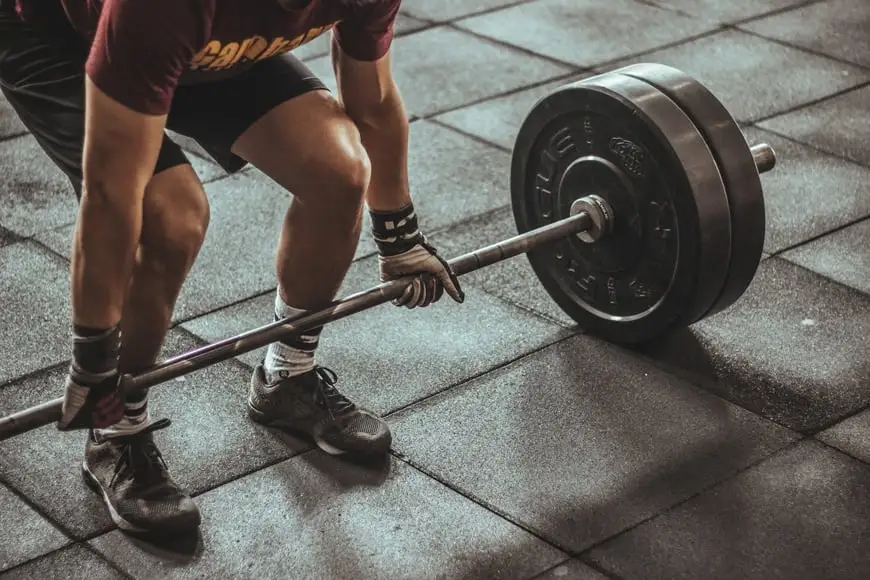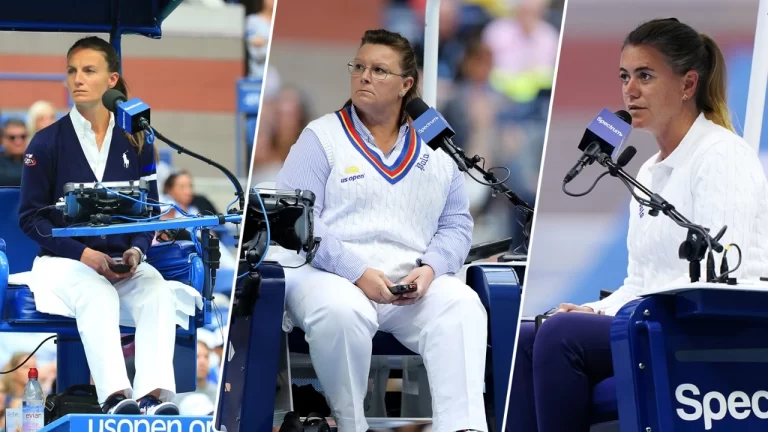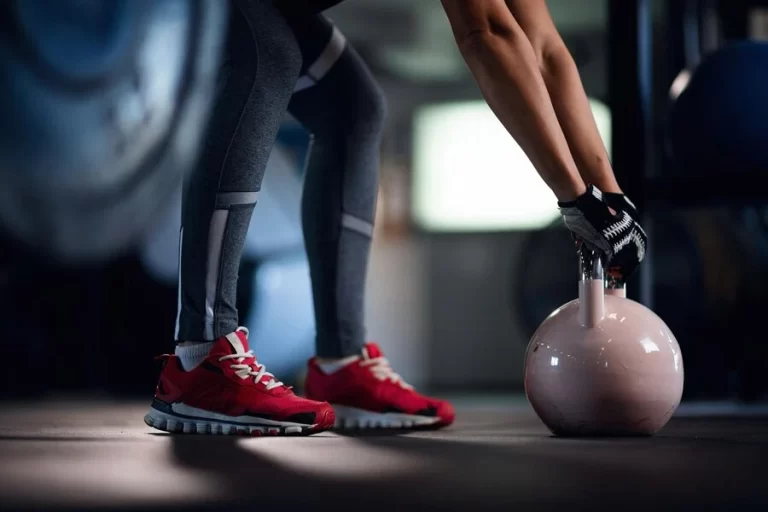Do Tennis Players Lift Weights?
When it comes to tennis, players are constantly striving to take their game to the next level. They want to be faster on their feet, have more accuracy in their shots, and dominate the court.
So, the question is: Do tennis players Lift Weights? Get ready for the big reveal because the answer is a resounding yes!
Do Tennis Players Lift Weights? Secret Revealed!
Weightlifting isn’t just about building massive muscles; it goes beyond that. It’s about developing functional strength and agility, which are crucial for success on the tennis court.
Tennis requires dynamic movements, explosive power, and endurance, which can be enhanced through a well-structured weightlifting program. By adding weights to their training routine, players can improve their overall fitness and reduce the risk of injuries.

Why Weightlifting Matters
Weightlifting isn’t just about bulking up with muscles; it’s about building functional strength and agility. Tennis requires dynamic movements, explosive power, and endurance, and these attributes can be developed through a well-structured weightlifting program. Adding weights to your training routine can enhance your overall fitness and reduce the risk of injuries.
Strength and Endurance
In tennis, players often engage in long rallies demanding strength and endurance. That’s where weightlifting comes into play.
By incorporating weight training, players can develop the power to deliver explosive serves and powerful smashes while maintaining strength throughout extended matches. It’s the perfect formula for staying strong and dominating the game.
Also Read: What Tennis Shoes Does Novak Djokovic Wear?

How To Use Weight Lifting To Improve Your Tennis Game
Building Explosive Power
Tennis players rely on quick bursts of energy for their lightning-fast serves and swift volleys. Weightlifting and exercises explicitly, like power cleans and squats, can significantly enhance explosive power in the legs and upper body.
This, in turn, leads to more impactful shots and swift court coverage. Exercises such as squats, deadlifts, and lunges also build lower body strength, enabling players to generate more power in their shots and movements on the court.
Injury Prevention
Injuries are the of every tennis player. The good news is that weightlifting can help strengthen muscles, tendons, and ligaments, thus reducing the risk of common tennis injuries like strains in the elbow or knee.
Strengthening the rotator cuff and lower body muscles provides stability and support during intense movements, ensuring a player stays injury-free.
Agility and Speed
An effective weightlifting routine can do wonders for agility and speed on the court. Incorporating box jumps, ladder drills, and agility cone exercises enhances footwork, enabling players to manoeuvre around the court swiftly and with finesse and ease.

What Exercises Are Good For Tennis Players?
Full-Body Workout
Tennis is a sport that requires engagement from the entire body, so a comprehensive workout routine is a must. Exercises like deadlifts, bench presses, lunges, and pull-ups build strength and improve balance and stability. By targeting all major muscle groups, players ensure a well-rounded and powerful physique that will take their performance to the next level.
Core Strength
A strong core is essential for any tennis player looking to maximize their power and precision. Including exercises like planks, Russian twists, and leg raises in one’s routine can help build a solid core, which is the key to producing explosive shots and maintaining stability on the court.
Enhanced Stability and Balance
Combining a solid core with upper body strength is vital for maintaining stability and balance during quick directional changes and powerful strokes. Exercises like planks, push-ups, and shoulder presses work wonders for these areas, ensuring players control their movements entirely.
When Should Players Lift Weights?
Off-Season vs. In-Season
Ideally, tennis gamers must pay attention to weightlifting throughout the low season when the competitive load is lighter. It permits them to build electricity without risking fatigue during tournaments. During the in-season, gamers can shift their cognizance to upkeep and damage prevention.
Rest Days
Weightlifting must be balanced with rest. Permit your muscle tissues to recover after rigorous suits or excessive practice periods. This recovery is vital for muscle increase and average overall performance.
How Periodized Programs Work
Periodization includes various intensities and extents of your weightlifting ordinary over time. This approach lets you peak your performance throughout the aggressive season while stopping overtraining. Expert tennis gamers regularly use periodized packages to optimize their physical condition.
How to Incorporate Weight Training
Incorporating weight training into your tennis regimen doesn’t mean daily hours in the fitness centre. More than one properly deliberated weekly class and on-court drills will yield exceptional results.

Consult a Professional
For a tailor-made approach, visit a fitness expert who is aware of the particular needs of tennis. They can lay out a program particular to your desires and dreams.
Full-Body Workout Routine
A complete weight education has to target all major muscle organizations, including the legs, centre, lower back, shoulders, and palms. It ensures balanced electricity development and decreases the risk of muscle imbalances.
Compound Exercises
Incorporate compound sporting events like squats, deadlifts, bench presses, and rows into your recurring. Those sports interact with more than one muscle organization concurrently, mimicking the demands of tennis movements.

Plyometric Training
Plyometric sporting activities, consisting of field jumps and medicine ball throws can improve electricity, agility, and quickness in the courtroom. Those explosive actions simulate the dynamic nature of tennis and enhance familiar athleticism.
Conclusion
Do Tennis players Lift Weights? This is a not unusual question in gamers’ schooling. The solution is clear and emphatic, sure! Weightlifting plays an essential function in a tennis participant’s exercise regimen.
Gamers can decorate their electricity, balance, and universal on-court docket overall performance, which includes weight education and physical games. It is vital to seek steerage from a fitness expert, comply with a properly structured schooling plan, and prioritize proper recovery to maximize the blessings of weightlifting.







